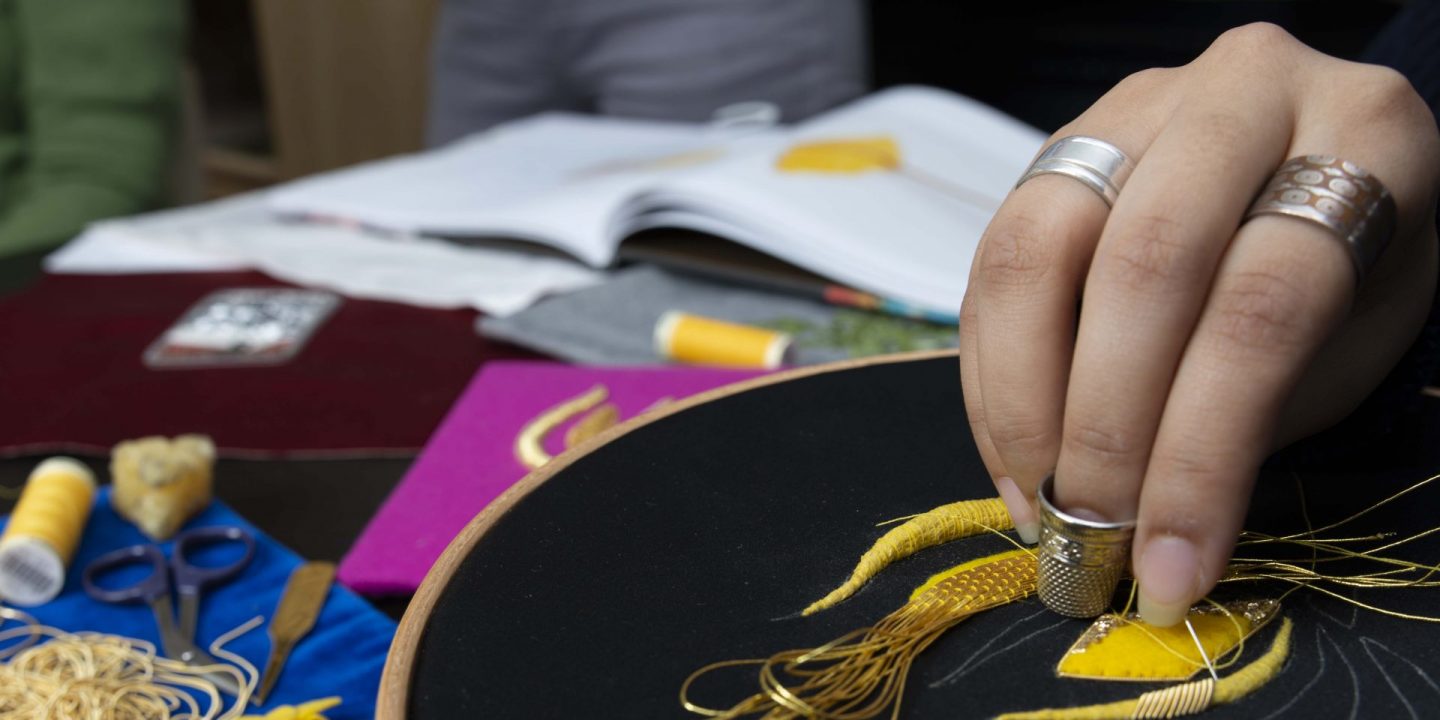

In March 2021, during the UK’s second full lockdown, Hand & Lock were invited to join a virtual panel discussion with the National Gallery. We were asked to talk about how the embroidery of the past impacts the design of the present and explore this idea through one of the paintings in the National Gallery painting. Hand & Lock’s Communication manager and Art Historian Robert McCaffrey chose to talk about the 16th century painting: Susanna Stefan, Wife of Wolfgang Furter by Nicolas de Neufchatel. We decided to refashion his talk into an article so those that missed the talk can also discover the significance of art on contemporary textile design.
Before diving into an analysis of the embroidery, it’s worth taking a moment to understand the history and context of this painting. As best as we can tell, this portrait was created in Nuremberg for Wolfgan Furter, an official of the Office of Alms, (essentially a government bureaucrat). While Wolfgan Furter, and his wife were considered ‘rich and respected’, they were not members of the aristocracy. This portrait’s commission was given to a Northern Renaissance painter, and as such there are some specific and interesting things that set it apart from the Italian Renaissance.
Firstly, Northern Renaissance painters often painted portraits of what we might now call the ‘Middle Classes’ and as such, the paintings might include references to their wealth or enterprise. Given the patrons of the Northern Renaissance often traded in textiles the painters of the region became especially skilled at representing materials, silks, velvets, furs, satins and of course embroidery.
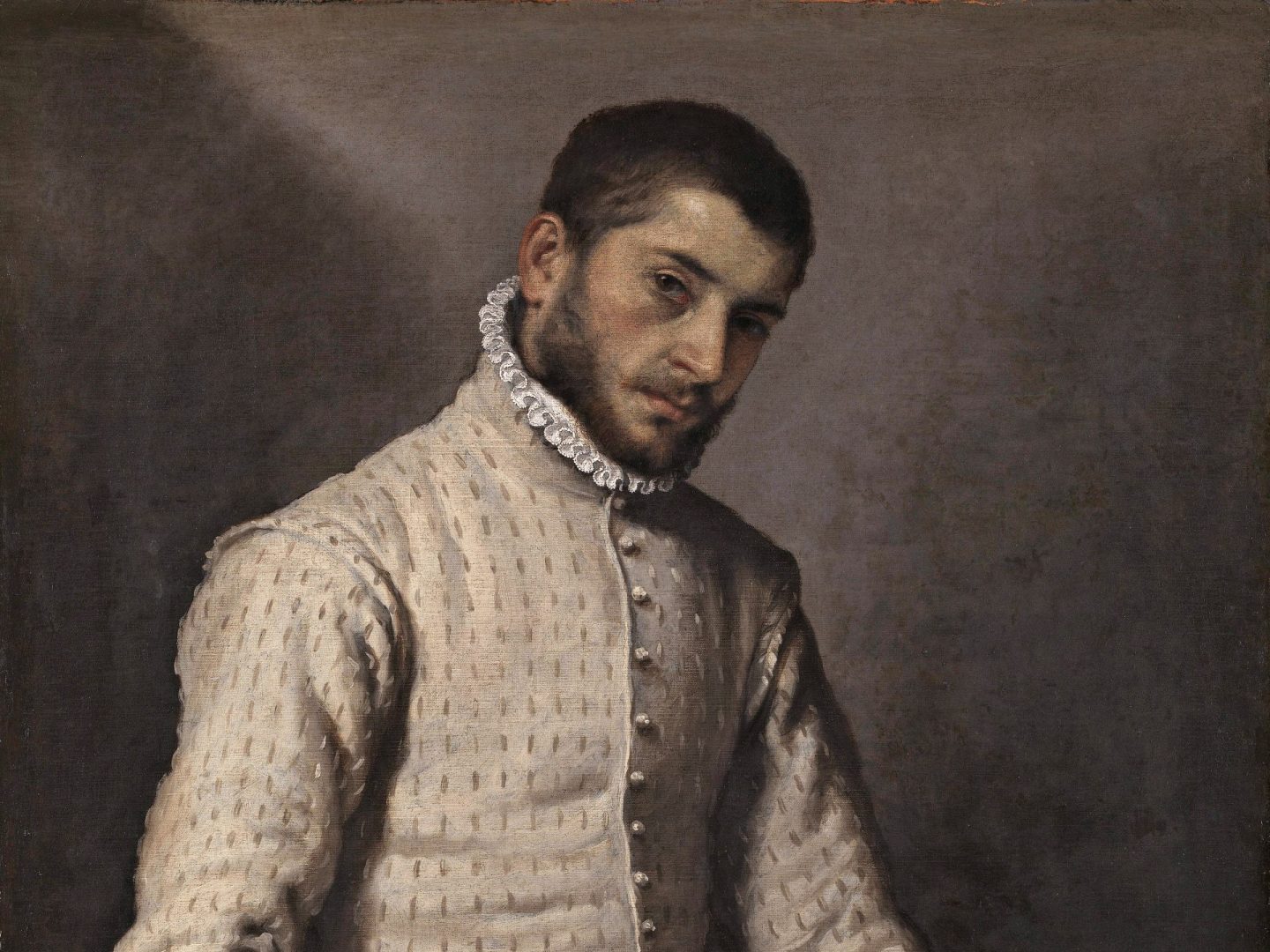
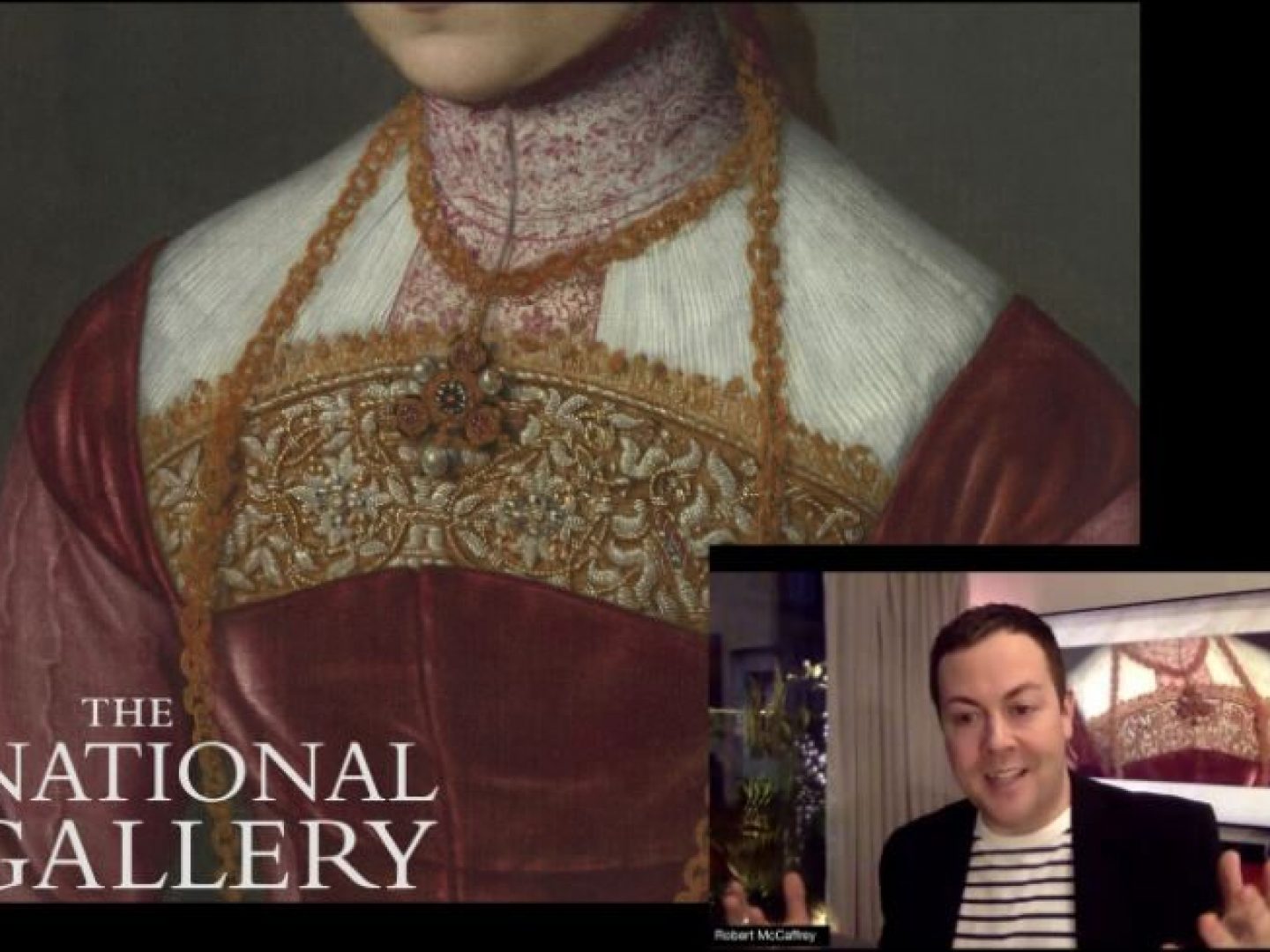
So, while Wolfang Furter and Susanna Stefen are not in the textiles or embroidery trade themselves, the painting does benefit from the specialist interest in fine material details that has been fueled in the region by that trade.
To emphasise that point we can compare the Neufchatel painting to another from around the same period. Neufchatel is working in Northern Europe, whereas Giovanni Battista Moroni is working in Northern Italy. At first glance these two paintings seem to have a lot in common, but on closer examination we see the slashed openings on Moroni’s doublet lack the complex articulation present in Neufchatel’s portrait. Also, Moroni seems to engage more intensely with light and shade or ‘Chiaroscuro’.
The key difference here is detail versus emotional impact. Broadly speaking, Northern Renaissance painters were seeking to capture the materiality and detail of their sitters while Italian Renaissance painters were interested in drama, subtext and emotion. This spilt in the priorities had a lot to do with the emerging middle classes in the wealthy cities of Northern Europe and their desire to be painted with the objects that generated (or demonstrated) their wealth. So now that we have established that the divergence in styles between the Northern and Italian Renaissance has played a part in Neufchatel’s extraordinary ability to render material on canvas, we can take a closer look at his work.
In a wide band across the top of the bodice we are presented with a densely embroidered panel. This embroidery is the ancient art of goldwork first developed in China 2000 years ago and still practiced today. References to goldwork can be found in Europe as early as 679CE and peaked in popularity during the middle ages between 1250 and 1350, when Opus Anglicanum or “English Work” was in demand around the known world. Typically, goldwork is the delicate securing of metal wires to the surface of the base fabric. To accurately represent this on canvas we can be confident that Neufchatel has some understanding of the embroidery technique.
"References to goldwork can be found in Europe as early as 679CE and peaked in popularity during the middle ages between 1250 and 1350"
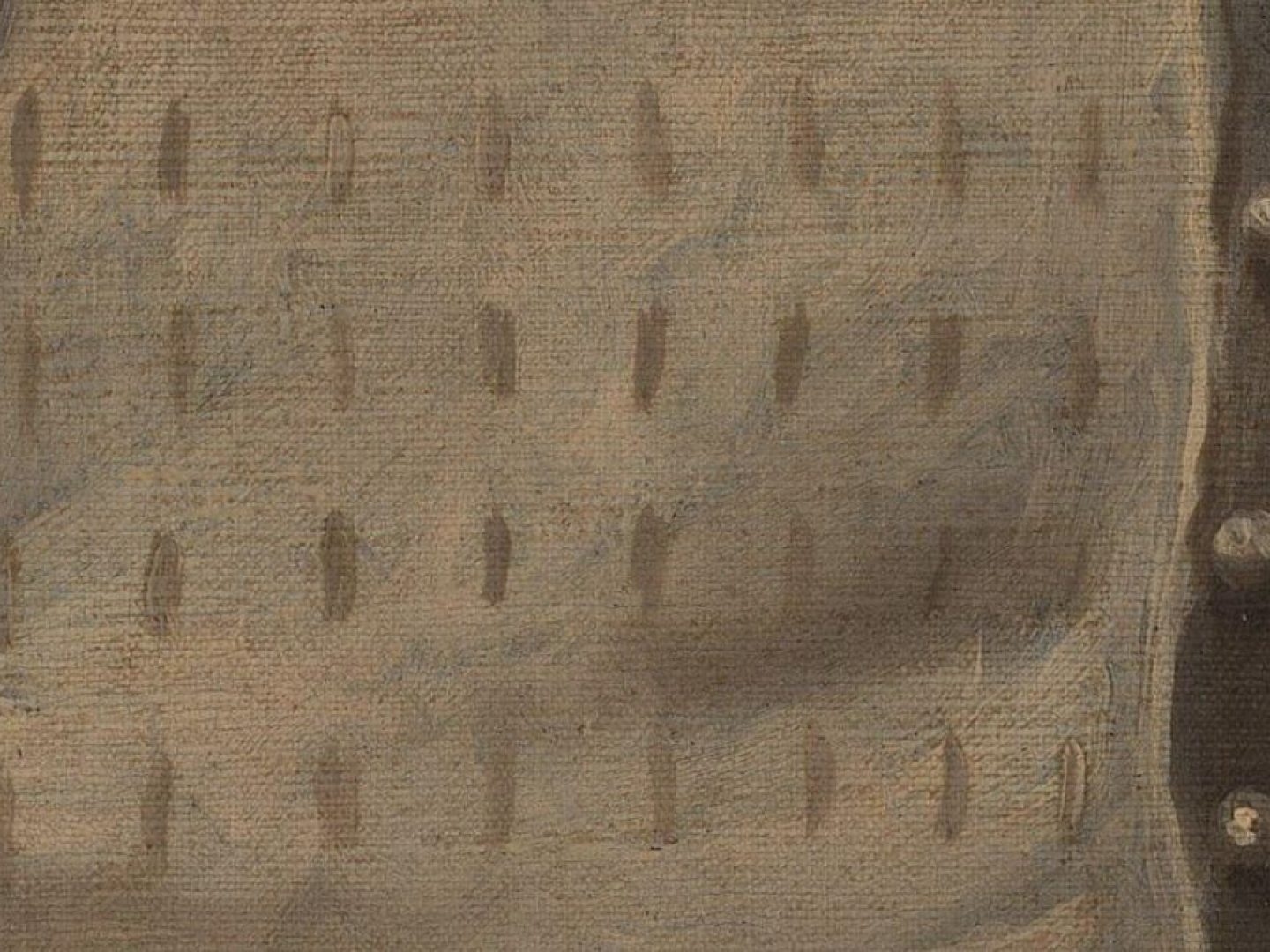
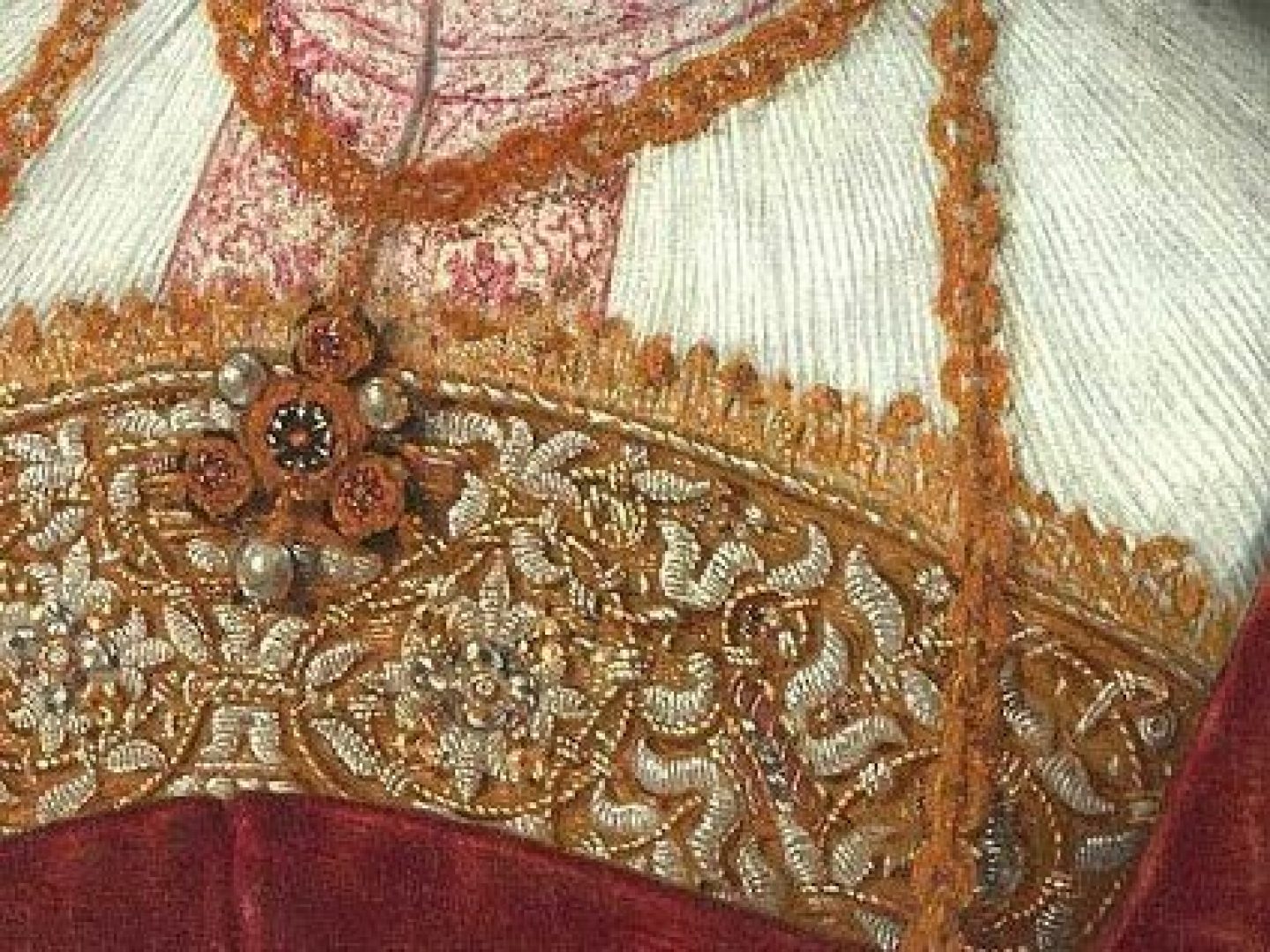
In much the same way Leonardo da Vinci’s paintings and sculptures were informed by his knowledge of human anatomy, to represent what is on the surface a great painter must understand what lies beneath.
The embroidery technique of Goldwork is gold in name only. Neufchatel has painted silver and gold metal wires over a cloth of gold base fabric. Each silver shape is made up of rows of fine metal sewn down over a raised surface. What, at first, appear to be rows of metal are in fact tiny metal coils. They sit off the surface because beneath them are layers of material building what we call ‘bump’. Each single coil of metal wire is secured over this ‘bump’ with a needle and thread by hand. One single row at a time, until an area of ‘bump’ is covered completely.
For this portrait, Susanna Stefan would have been wearing something similar to the embroidery on the right. Neufchatel, in turn, would have likely understood enough about goldwork to recognise the architecture and foundations beneath the metal coils, and subsequently capture them on canvas as expertly as he did. See how they catch a subtle light source above and to the left. The rounded surface of the goldwork creates nuances in how the metal engages, interacts and reflects light. Neufchatel is able to convey an astonishing amount of detail revealing how luxurious and three dimensional this embroidery must have been.
The same goldwork technique is still used in thoroughly modern contexts. The whole process remains much the same now as it would have been in the 16th century.
That process requires a few steps. Hand & Lock’s embroidery designer will begin by drawing up a draft design that, (much like architectural plans) will direct the embroiderer. They will stipulate the dimensions, materials, the stitch direction, the amount of height required, etc. Then a skilled embroider will follow the design to bring that vision to life.
Returning to the embroidered panel on the bodice worn by Susanna Stefan, we can see this aesthetic and style still exists in contemporary embroideries. Something similar might decorate a ceremonial jacket worn in Parliament or be seen on a couture catwalk. This embroidery both echoes the past and lives very much in the present. So designers very much rely on the textiles of the past to help inform the garments of today.
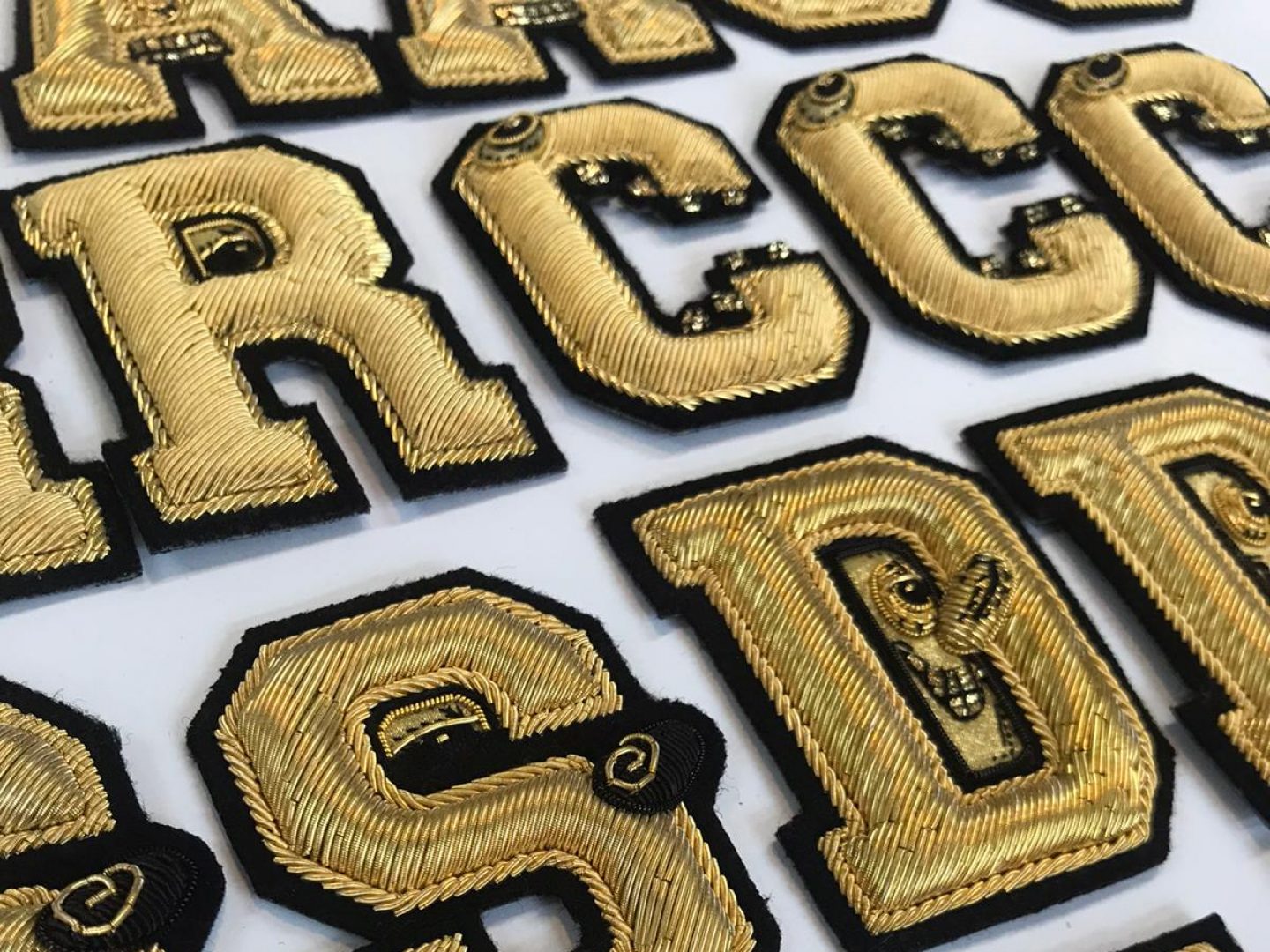

However, it’s worth noting that textiles are notoriously difficult to conserve which is why portraits from the period are so helpful. Neufchatel’s ability to capture the fine embroidered details can allow for contemporary embroidery designers to look, understand, reverse engineer and recreate these designs.
Visual art from the past permeates all of our contemporary design. We see most clearly, when we are recreating period costumes for TV and film. But we also see it in modern fashions that strive to forge a connection with the past. Perhaps, the goldwork lapels on the Burberry Spring Summer 2016 collection came to us through renaissance paintings.
It’s not beyond the realms of imagination to make that leap.
Conversely, we can also see how the art and artists of today have the capacity to engage and inspire modern design. Inspiration meets collaboration. Whereby designers and artists alive today can work together to fuse their visions. Contemporary art by Kenny Scharf was central to the Dior embroideries on the right.
And perhaps it was the same for our 16th century painter. We can easily imagine that Neufchatel not only understood how the embroidery was made, but might have even been involved in the conversations around the design for this very piece.
We have no evidence to back this up except our understanding that creative people often collaborate. Perhaps, just like today the embroidery designers and the artists existed in mutual symbiosis of inspiration and creativity where ideas flowed both ways.
Art and fashion, as well as art and embroidery, are deeply intertwined. The appreciation and inspiration goes both ways, and, perhaps it always has.
Robert McCaffrey
